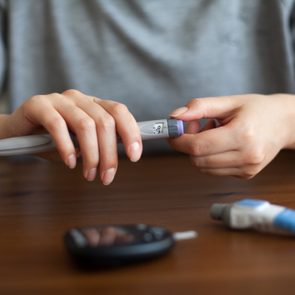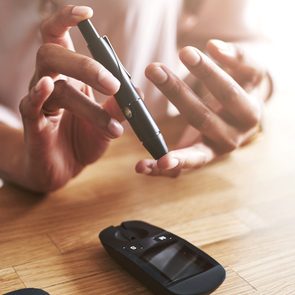What Exactly Is the Difference Between Type 1 and Type 2 Diabetes?
Updated: Oct. 12, 2022
Type 1 and type 2 diabetes are both on the rise, but they differ in many ways. Here's what you need to know.
We hear about diabetes all the time, so it’s easy to forget that there are different types of the condition. The two most common forms are type 1 and type 2. Both involve problems with insulin, but the causes of type 1 and type 2 diabetes are different.
The difference between type 1 and type 2 diabetes
With type 1 diabetes, the body doesn’t produce insulin and people need to rely on insulin injections to survive. People with type 2 diabetes are unable to use their own insulin effectively, either because they don’t make enough or because their cells are resistant to the insulin they do make. People with type 2 can use a combination of diet, exercise, oral medication, and insulin (or other injectable drugs) to control their blood sugar.
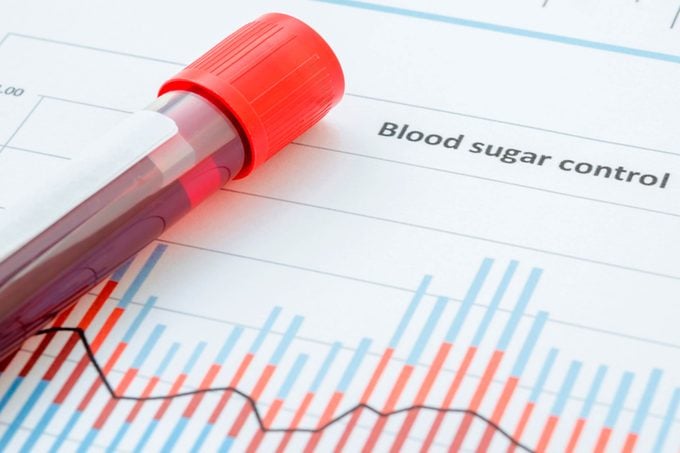
Type 1: Autoimmune
Type 1 is an autoimmune condition in which the immune system targets the insulin-producing cells in the pancreas. It has a genetic component, but not all identical twins get type 1 diabetes, so other factors may play a role. “We think that exposure to an additional environmental factor may trigger an immune response that ultimately destroys the insulin-producing cells of the pancreas,” says Sarah Rettinger, MD, a board-certified endocrinologist at Providence Saint John’s Health Center in Santa Monica, California.
Type 2: Genetics plus lifestyle
On the other hand, type 2 diabetes has a stronger genetic component, and is caused by a complicated interaction of genes and environment, including lifestyle choices such as food and exercise. “A person with a first-degree relative with type 2 has a 5 to 10 times higher risk of developing the disease than a person the same age and weight without the same family history,” she says.
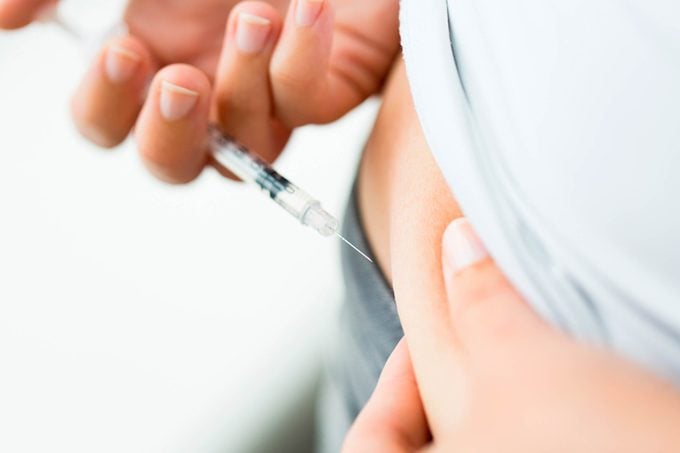
How common is type 1 vs type 2 diabetes?
According to the 2017 National Diabetes Statistics Report from the Centers for Disease Control and Prevention (CDC), 30.3 million Americans have the disease. And yet almost one in four people with diabetes are undiagnosed. Type 1 is more commonly diagnosed in children and teens and makes up about 5 percent of all diabetes cases, compared with type 2, which accounts for 90 to 95 percent of all diagnosed cases.
The prevalence of type 2 diabetes is almost twice as high in non-Hispanic black, Hispanic, and American Indian/Alaska Native adults than non-Hispanic white adults, and higher in people ages 65 and older (1 in 4 among the older age group). Type 2, once considered rare in children, is on the rise—mainly due to the obesity epidemic—but it’s still less common among youths under age 20 than type 1 (about 5,000 youths are diagnosed with type 2, compared to almost 18,000 youths diagnosed with type 1 each year).
Men are at higher risk
Men are more likely to develop both types than women. “Both sexes are equally affected by type 1 in childhood, but the incidence is higher in males than in females in adulthood,” says Marina Basina, MD, clinical associate professor at Stanford University Medical Center, and an advisory board member for Beyond Type 1, a philanthropic foundation focusing on educating, advocating, and eventually curing type 1, and CarbDM, an online community for people with type 1 diabetes. “Men are at slightly higher risk of developing type 2 than women, which is possibly due to lifestyle factors, body weight, and the fat distribution in the body—abdominal versus in the hips.”
Both types of the disease can develop at any age, but while there is no known way to prevent type 1 diabetes, type 2 diabetes can be prevented—or at least delayed—with diet and lifestyle changes, according to research in the Journal of Clinical Endocrinology & Metabolism.
How to treat type 1 vs type 2 diabetes
Because type 1 patients are unable to produce insulin, they have to inject themselves (or use an insulin pump) to take the insulin they need to metabolize glucose (sugar), which is used for energy, says Jennifer Haythe, MD, assistant professor of medicine at Columbia University Medical Center and co-director of the Center for Women’s Cardiovascular Health in New York City. “There are many oral medications available to treat type 2, though as the disease progresses many patients end up requiring insulin, as well. Type 2 can be prevented and delayed with exercise, diet, and maintenance of a healthy weight.”
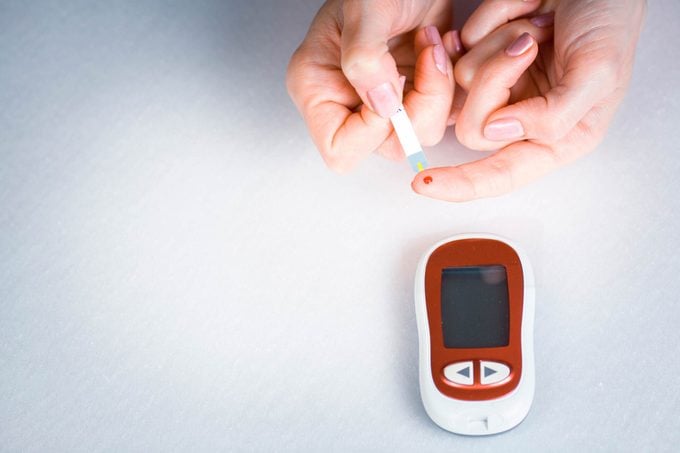
A balancing act
Treatment of type 1 can be challenging, admits Dr. Basina. “Individuals have an absolute insulin deficiency and require a lifetime of insulin therapy,” she explains. “Insulin is administered either with multiple daily injections or via an insulin pump, a device that delivers insulin 24 hours a day in small increments under the skin. Insulin doses must be carefully balanced with eating and physical activity throughout the day and night. There is a significant advancement in insulin and insulin delivery devices but the treatment still presents significant challenges and a burden to the patients.”
Preventing complications
While both types of diabetes put patients at high risk of complications, including damage to the kidneys, eyes, heart, and brain, a diagnosis does not necessarily lead to complications. “Uncontrolled blood sugars lead to complications over time,” explains Dr. Rettinger. “This is a progressive disease even in patients with excellent lifestyles. When we see patients frequently (every three months), we can recognize blood sugar patterns, make lifestyle recommendations, and intensify treatment before sugars get out of control. When patients get regular checkups, we can also detect the early signs of complications, often slowing down, or reversing the problem. With good control, patients should be able to live healthy, happy, long lives without complications.”

